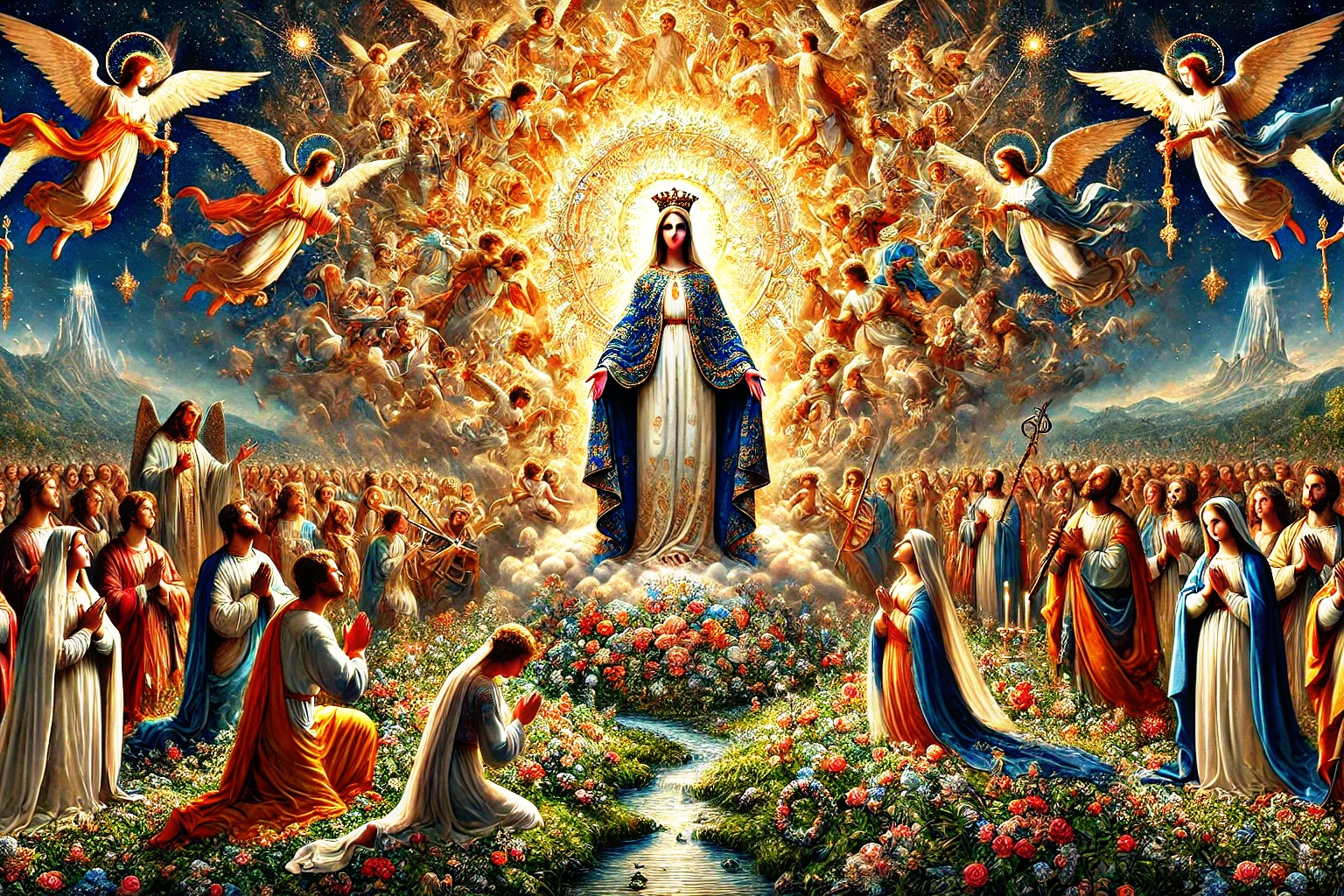When we delve into the phrase “all about Mary,” it evokes a sense of reverence, curiosity, and admiration. Mary, a name rooted deeply in religious history, has transcended its biblical origins to become a symbol of faith, purity, and influence across time and cultures. This article explores all about Mary—her role in religion, her influence in history and art, and her enduring legacy in popular culture.
All About Mary: The Biblical Foundation
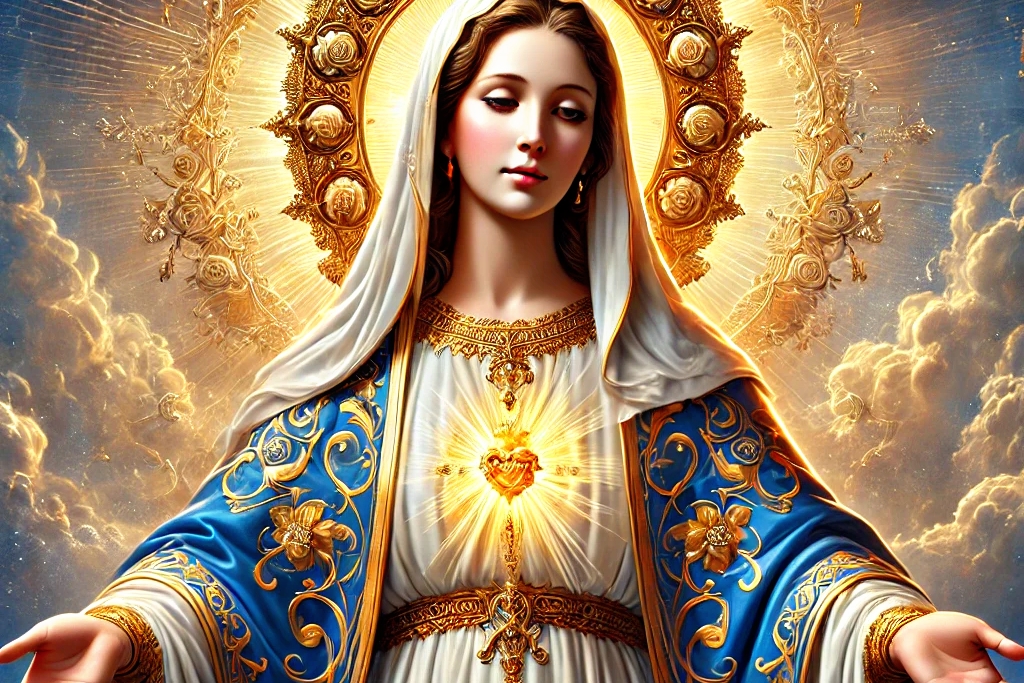
Mary, often referred to as the Virgin Mary or the Blessed Mother, holds a central place in Christianity. Her significance originates in the New Testament, where she is described as the mother of Jesus Christ. The Gospels of Matthew and Luke detail Mary’s pivotal role in the divine plan. From the Annunciation, where the angel Gabriel announces that she will conceive the Son of God, to the Nativity and beyond, Mary’s journey is foundational to Christian theology.
The phrase “all about Mary” in a religious context often emphasizes her virtues of humility, obedience, and faith. Her response to Gabriel, “Behold, I am the handmaid of the Lord; let it be to me according to your word” (Luke 1:38), is a testament to her unwavering trust in God’s will. This moment of surrender has inspired countless believers to emulate her faith and dedication.
In Catholicism and Eastern Orthodoxy, Mary is venerated not only as the mother of Jesus but also as an intercessor and a spiritual mother to all Christians. Titles like “Our Lady,” “Queen of Heaven,” and “Mother of God” reflect her exalted status. The Catholic doctrine of the Immaculate Conception, which teaches that Mary was conceived without original sin, underscores her unique role in salvation history.
Mary in History: All About Her Influence
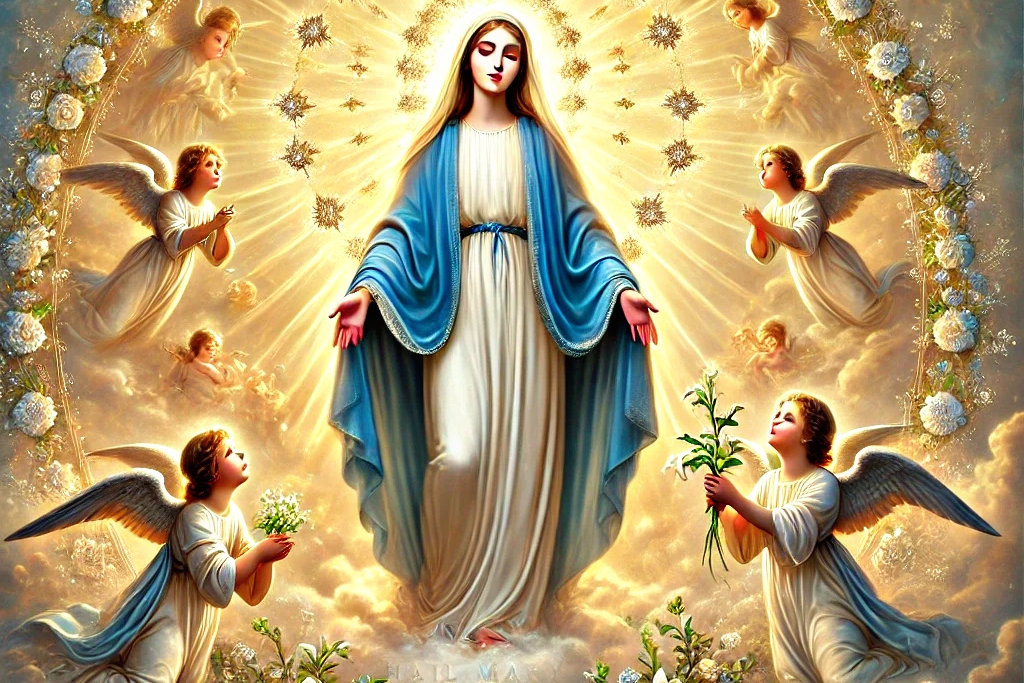
Beyond the Bible, exploring all about Mary leads us to her profound influence on history. As Christianity spread across the globe, Mary became a unifying figure. Marian apparitions, such as those at Lourdes, Fatima, and Guadalupe, have reinforced her presence as a source of hope and miracles for the faithful.
One of the most famous Marian apparitions occurred in 1531 when Mary appeared to Juan Diego in what is now Mexico City. Known as Our Lady of Guadalupe, this event catalyzed the spread of Christianity in the Americas. Today, the Basilica of Our Lady of Guadalupe is one of the most visited religious sites in the world, emphasizing how Mary’s influence extends far beyond spiritual matters to encompass cultural identity and national pride.
Mary’s image and story have also played a role in political and social movements. In medieval Europe, Mary was often depicted as a protector of cities and nations. During times of war and upheaval, leaders would invoke her name and guidance, cementing her status as a symbol of peace and unity.
All About Mary in Art and Literature
To fully grasp all about Mary, one must explore her immense impact on art and literature. From the earliest Christian mosaics to Renaissance masterpieces, Mary has inspired countless artists. Iconic works such as Michelangelo’s Pietà and Raphael’s Sistine Madonna capture her maternal grace and divine serenity.
Medieval and Renaissance painters often depicted Mary in scenes of the Annunciation, the Nativity, or the Assumption. These artworks not only celebrated her role in the divine plan but also conveyed theological messages to the faithful. Artists like Botticelli, Caravaggio, and Titian created timeless works that continue to captivate audiences with their portrayal of Mary’s humanity and divinity.
Literature, too, has explored all about Mary. Poets like Dante Alighieri revered her in works such as The Divine Comedy, where she is depicted as the ultimate symbol of grace and redemption. Similarly, hymns like Ave Maria and Hail, Holy Queen express profound devotion to her, blending lyrical beauty with theological depth.
Mary in Popular Culture: All About Her Modern Legacy
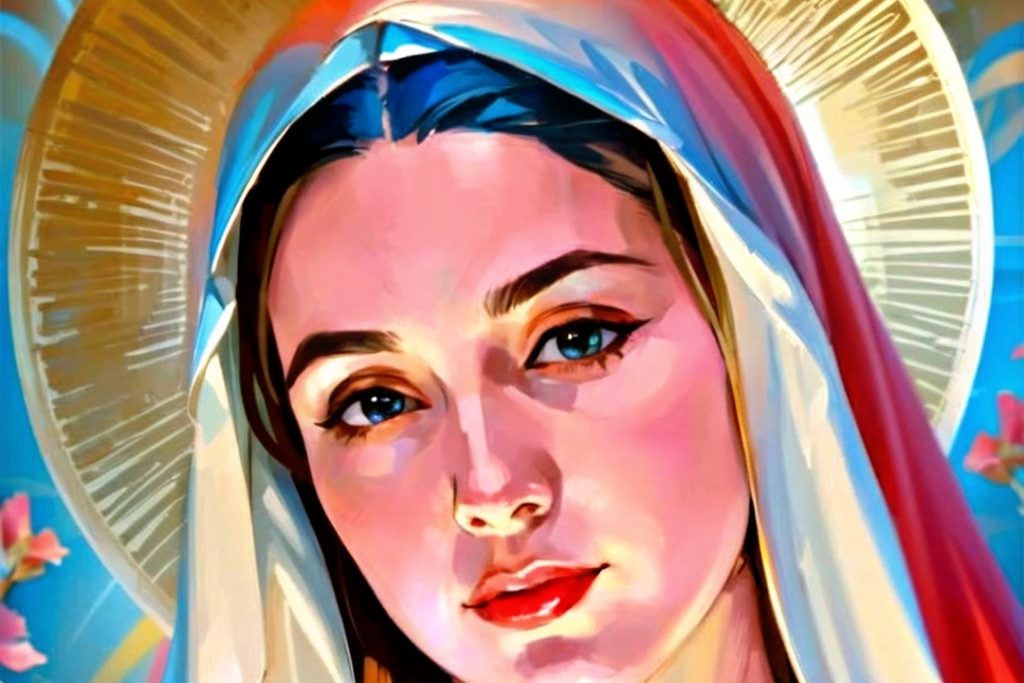
While Mary’s roots are deeply religious, her influence has extended into modern culture, shaping stories, traditions, and even language. For instance, phrases like “Hail Mary pass” in football and “a Hail Mary attempt” in everyday speech reflect her association with hope and last-minute efforts.
Mary has also inspired characters in literature and film, symbolizing virtues such as compassion, strength, and sacrifice. Figures like Mary Poppins and even characters in modern fantasy draw upon Mary’s archetypal qualities, demonstrating her continued relevance in storytelling.
Musically, Mary’s legacy endures in compositions ranging from classical to contemporary genres. From Schubert’s Ave Maria to Tupac Shakur’s “Hail Mary,” her name evokes themes of redemption, grace, and resilience.
All About Mary’s Global Appeal
What makes Mary universally appealing is her ability to transcend cultural and linguistic boundaries. Known as Maria in Spanish and Italian, Miriam in Arabic, and Marie in French, her name resonates across continents. Each culture adds its own interpretation to her story, enriching the tapestry of devotion dedicated to her.
In the Philippines, for example, the devotion to Mary is deeply ingrained in daily life, with festivals like Flores de Mayo celebrating her role as a mother and protector. In Latin America, Mary is often depicted with indigenous features, as seen in Our Lady of Guadalupe, highlighting her role as a universal mother who identifies with the marginalized.
Theological Controversies: All About Mary in Debate
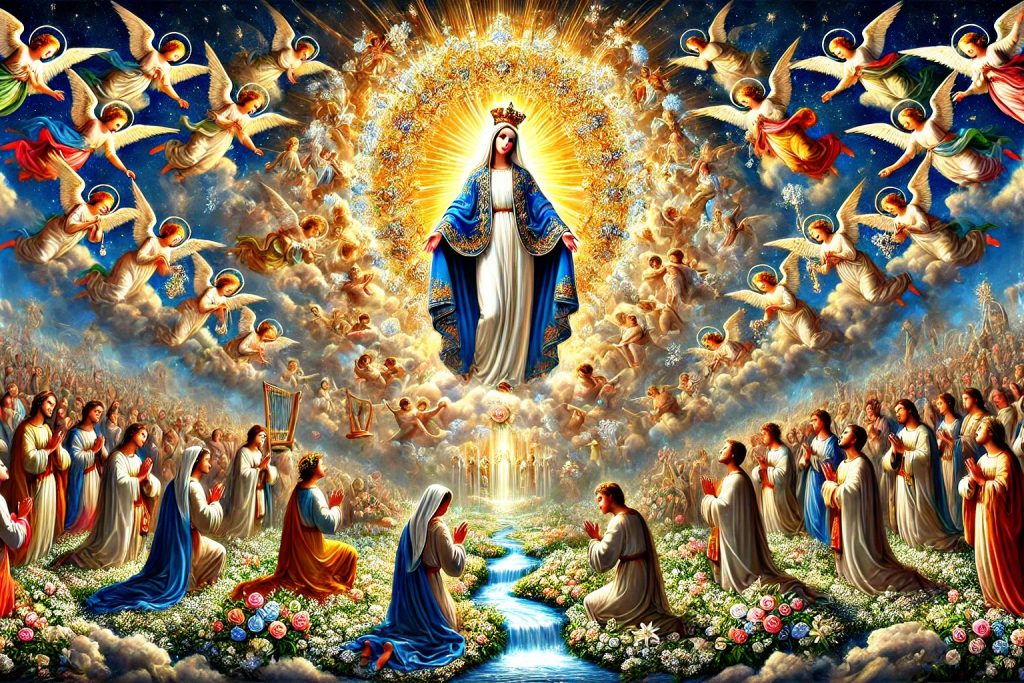
While Mary is revered by many, her role has not been without controversy. Protestant Reformation leaders like Martin Luther and John Calvin questioned certain Marian doctrines, such as her perpetual virginity and the Immaculate Conception. These theological debates have shaped how different Christian denominations understand her role.
Nevertheless, Mary remains a unifying figure for interfaith dialogue. Even in Islam, Mary (Maryam) is highly respected, mentioned more times in the Quran than in the Bible. Her story as the mother of Jesus (Isa) bridges Christian and Muslim traditions, offering common ground for understanding and collaboration.
All About Mary’s Role in Prayer and Devotion
For millions of believers, Mary is not just a historical or artistic figure but a source of personal solace and guidance. The Rosary, a prayer centered on meditating on Mary and Jesus’s lives, is one of the most popular devotions worldwide. Reciting the Hail Mary brings comfort to those in need, reaffirming her role as an intercessor and spiritual mother.
Marian shrines, such as those in Lourdes, Fatima, and Knock, draw millions of pilgrims annually, highlighting Mary’s role as a source of healing and hope. These sacred sites offer a space for reflection and renewal, showcasing her enduring relevance in contemporary spirituality.
The Personal Connection: All About Mary in Everyday Life
For many, exploring all about Mary is a deeply personal journey. She represents a motherly figure who listens, comforts, and intercedes. Whether it’s through prayer, art, or tradition, individuals find a unique connection to Mary that transcends doctrine and ritual.
Mary’s story reminds us of the power of humility, faith, and courage. Her life, filled with both joy and sorrow, reflects the human experience, making her a relatable and inspiring figure for believers and non-believers alike.
Conclusion: Why Knowing All About Mary Matters
To understand all about Mary is to appreciate a figure who has shaped faith, history, and culture in profound ways. Her story is one of devotion, resilience, and love, offering lessons that resonate across time and space. Whether as a spiritual mother, a historical icon, or a cultural symbol, Mary’s influence is undeniable and enduring.
Her universal appeal lies in her ability to bridge the sacred and the secular, inspiring faith and creativity in equal measure. Exploring all about Mary is not just a journey into her life but an exploration of how one figure can unite humanity through faith, art, and hope.

